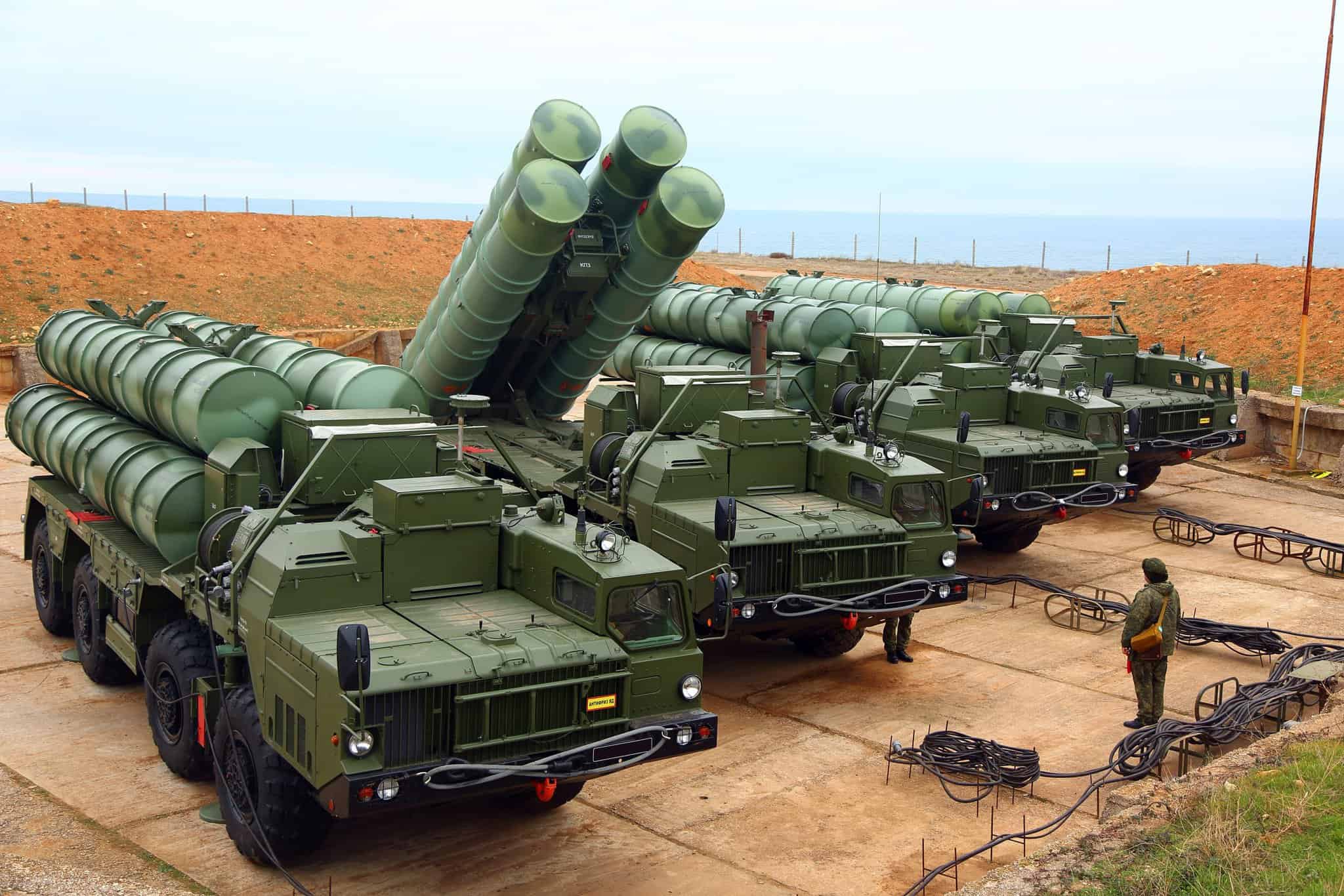The UK government has committed to staying part of an international effort to develop a cutting-edge fighter jet alongside Japan and Italy. Recent reviews of defense spending had triggered rumors that the project might be canceled. However, insiders now reveal its importance to British diplomatic and economic interests.
Prime Minister Keir Starmer’s administration perceives the joint fighter jet initiative as crucial, not only for bolstering ties with Japan and Italy but also for generating substantial employment opportunities across the UK.
The project, which showcases a futuristic aircraft set to make its debut by 2035, is poised to include advanced stealth features and artificial intelligence capabilities. These innovations promise to redefine aerial combat in the years to come.
The UK’s broader defense strategy will undergo a comprehensive review during the first half of 2025. Although involved in the AUKUS pact—aimed at developing nuclear submarines with the United States and Australia—Britain faces financial challenges associated with its future aircraft innovation costs.
A pivotal leadership role has been assigned to Masami Oka, a veteran Japanese defense figure. He will helm the soon-to-be-established Global Combat Air Program. The international body, informally known as GIGO, will be instituted in Britain by year’s end.
This initiative represents a significant stride in international military collaboration and technology. Observers regard the project as a beacon of cooperation and ingenuity in increasingly competitive global dynamics.
The Untold Impact of the UK-Japan-Italy Fighter Jet Alliance
The recent confirmation of the UK’s involvement in a groundbreaking fighter jet project with Japan and Italy brings to light numerous new factors that will affect not only the countries involved but the global defense landscape.
Global Defense Market Implications
One fascinating aspect of this alliance is its potential to reshape the global defense market. The fighter jet project introduces the possibility of heightened competition with the US and German-French initiatives, such as the Next Generation Air Dominance (NGAD) program. This increased competition could lead to more rapid advancements in aerospace technology as different nations strive to outpace one another in military innovation.
Economic Opportunities and Technological Advancements
While the UK government’s decision emphasizes diplomatic and economic interests, the potential economic opportunities are a significant highlight. This project is expected to generate a myriad of jobs not only directly related to manufacturing the aircraft but also in supporting industries such as software development for AI features. The influx of employment opportunities could significantly boost local economies in participating regions, laying a foundation for technological hubs centered around defense innovations.
Impacts on International Relations
This collaboration also sends a strong message regarding international relations. It illustrates how defense initiatives can strengthen diplomatic ties between nations. For the UK, maintaining strong alliances post-Brexit is crucial, and partnerships like the Global Combat Aircraft Program demonstrate a commitment to robust international cooperation.
Advantages and Disadvantages
On the positive side, the project promises advancements in aviation technology that could spill over into civilian sectors, improving air travel safety and efficiency. New stealth technologies and AI capabilities developed for the military could eventually find applications in civilian infrastructure, security, and scientific research.
However, critics argue that the financial strain could divert resources from domestic priorities such as healthcare or education. Furthermore, there are concerns about the potential for military escalation and the ethics of devoting significant sums to defense when pressing global issues like climate change demand urgent attention.
Critical Questions
The project raises several critical questions: How will the introduction of AI in military aircraft affect future warfare? What are the long-term economic implications for taxpayer investment in defense? Are there potential risks in sharing advanced technology across nations? These questions highlight the multifaceted nature of the project and open avenues for further public discourse.
Controversies and Challenges
Another controversy surrounds the leadership appointment of Masami Oka. While celebrated for his expertise, some sectors question if his leadership might prioritize Japanese interests over equal collaboration. Additionally, the Global Combat Air Program’s ambitious timeline faces skepticism, with experts pondering if a debut by 2035 is feasible given current technological and financial constraints.
Conclusion
In conclusion, the UK’s decision to remain in the fighter jet project signifies a commitment to defense innovation and international collaboration. Simultaneously, it presents questions and challenges that will shape the future dynamics of global defense strategies. The full impact of this cooperation will unfold in the years to come, potentially setting new benchmarks for military and technological alliances worldwide.
For more on international defense projects and technological innovations, you can explore resources from The Aviationist and U.S. Department of Defense.
















